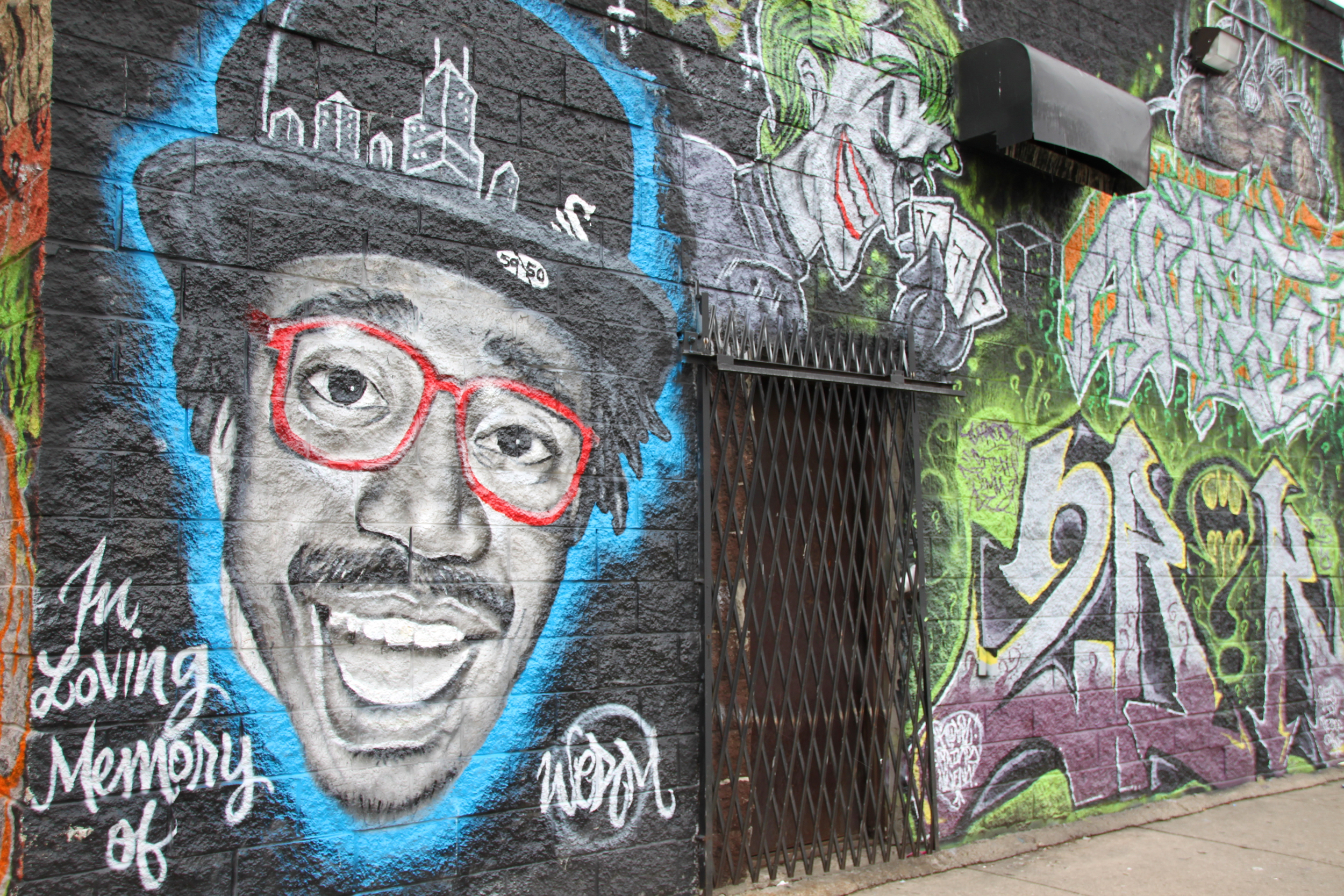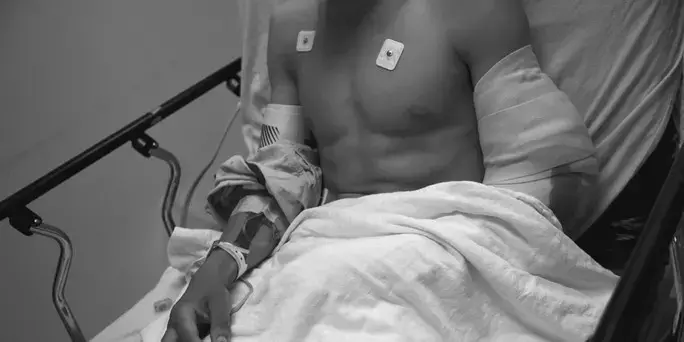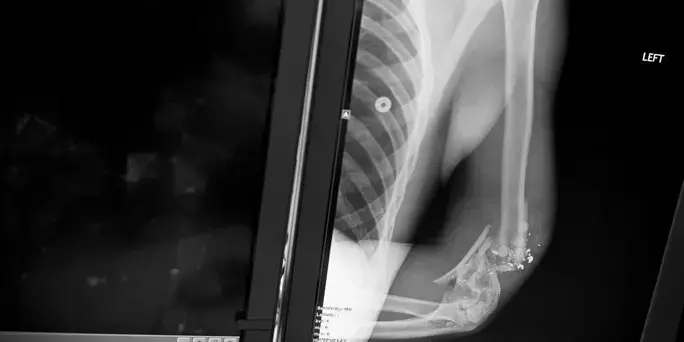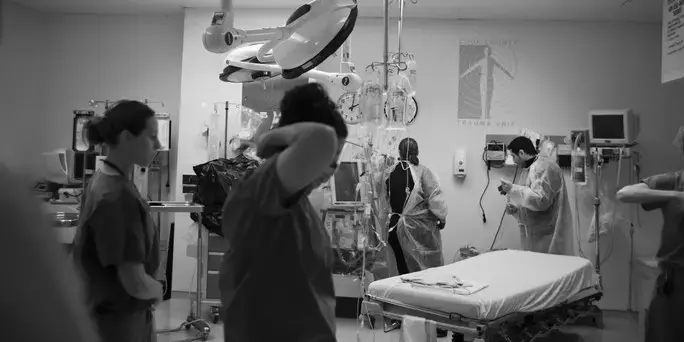After the school shootings in Newtown, CT, Pulitzer Center grantee Rieke Havertz, a writer and editor at the German newspaper Die Tageszeitung, familiarly known to its readers as Taz, spent nine weeks in Chicago to examine gun violence in America. In this multi-part series, she brings an international perspective to this uniquely American crisis. (This introduction is excerpted and translated from the German by Kerstin Enghofer.)
Victims with gunshot wounds are a mundane reality at the John H. Stroger Jr. Hospital in Chicago. Thirty percent of patients who show up at the emergency room are seeking treatment for stab or gunshot wounds. Here, brown evidence bags sit on the same shelves as innocuously as bandages and gauze. When they find a bullet, the medical staff promptly file the bullets into bags and seal them with red tape.
The summer months are especially bloody in the United States as the number of gunshot victims rises in metropolitan areas across the country. While the Chicago's gun laws are among the most restrictive in the United States, outside the city limits the rules are less stringent which means that weapons are still readily available. In 2011 the Chicago Police Department confiscated 6,023 guns compared with 3,980 in New York City. In the last year 506 people were murdered in Chicago. Of these deaths, 87 percent were gunshot related. A 2008 study at the University of Chicago Crime Lab shows that the overwhelming majority of gunshot victims are young African American men.
Surgeons at the Stroger ER are relieved when they see a patient with an even number of bullet holes. An odd number means that they might have missed a serious wound during the initial examination or the bullet is still lodged somewhere inside the patient's body. When Tyrone, a 22-year-old African American, arrives at the ER with three gunshot wounds the ER staff immediately prep him for an X-ray. They ask him a barrage of routine questions, including whether he has been shot before, even though they are not sure whether his answers are accurate as it is not unusual for patients to forget that they have been shot before.
The staff at the hospital say that it is better not to know about the causes of the shooting. Tyrone says he did not recognize the person who shot him and that it must have been a misunderstanding. Between requests to call his grandmother, he says just wants to get away from the violence. But once the staff at one of the largest emergency rooms in the country operate and patch up his arm, he will go home to the same neighborhood where he was shot.
To view the series (in German) and the accompanying photography of Pulitzer Center grantee Carlos Javier Ortiz, please click here.











